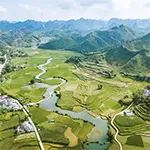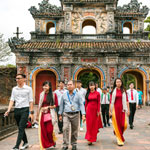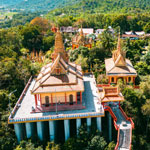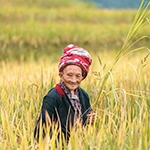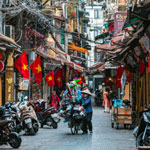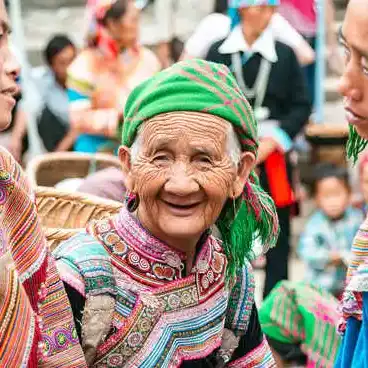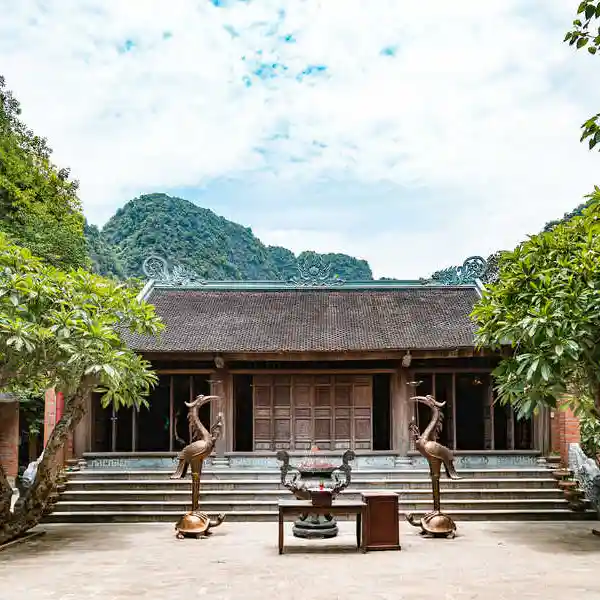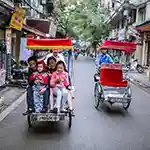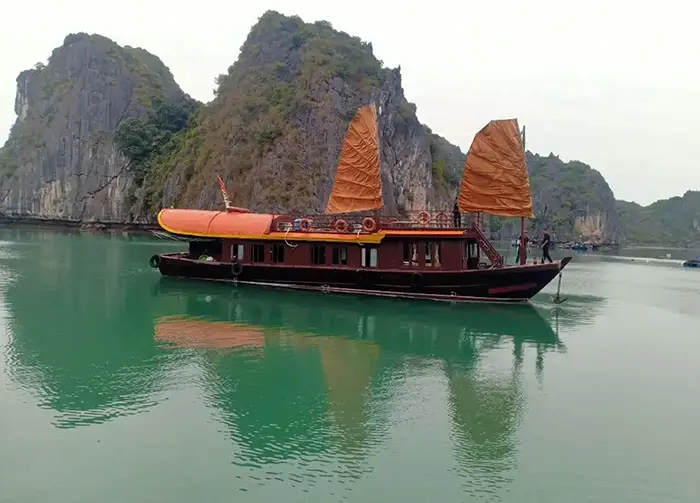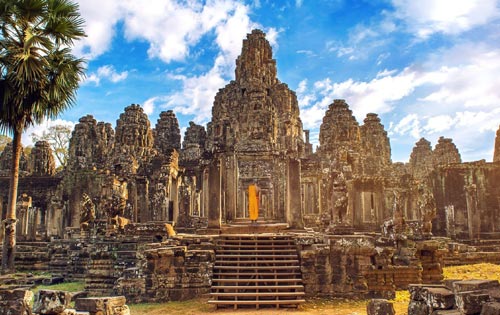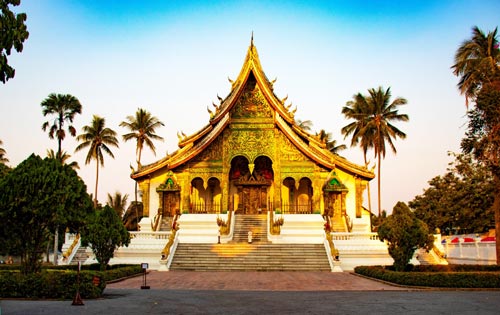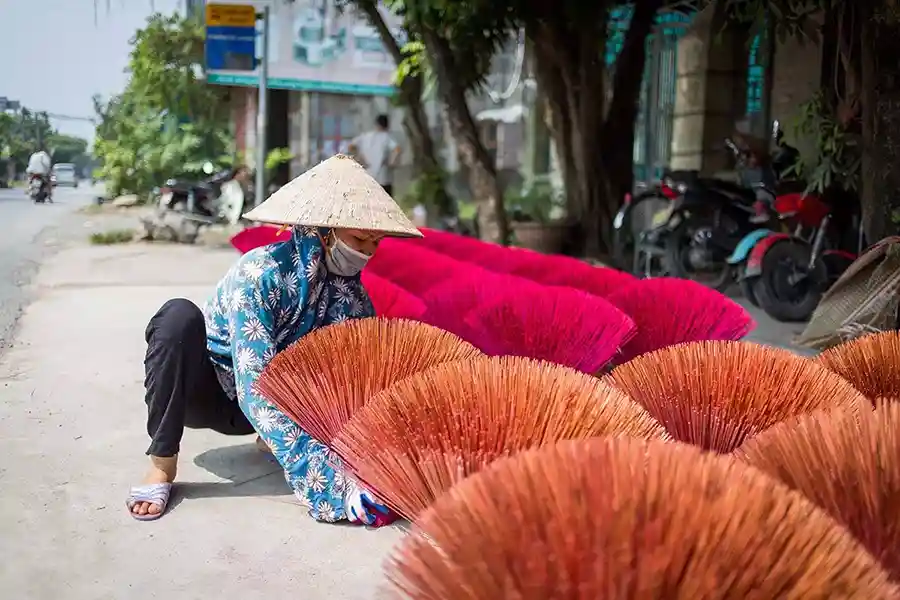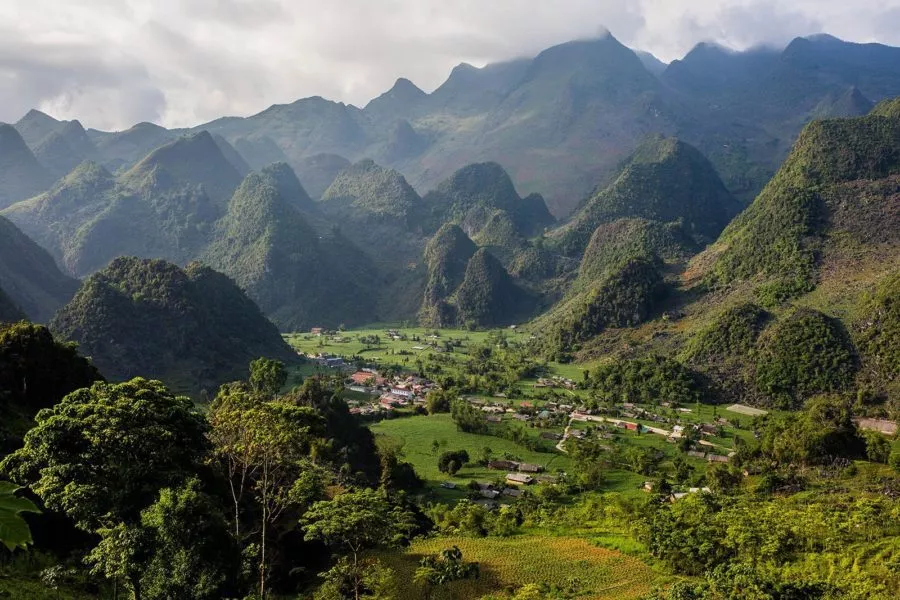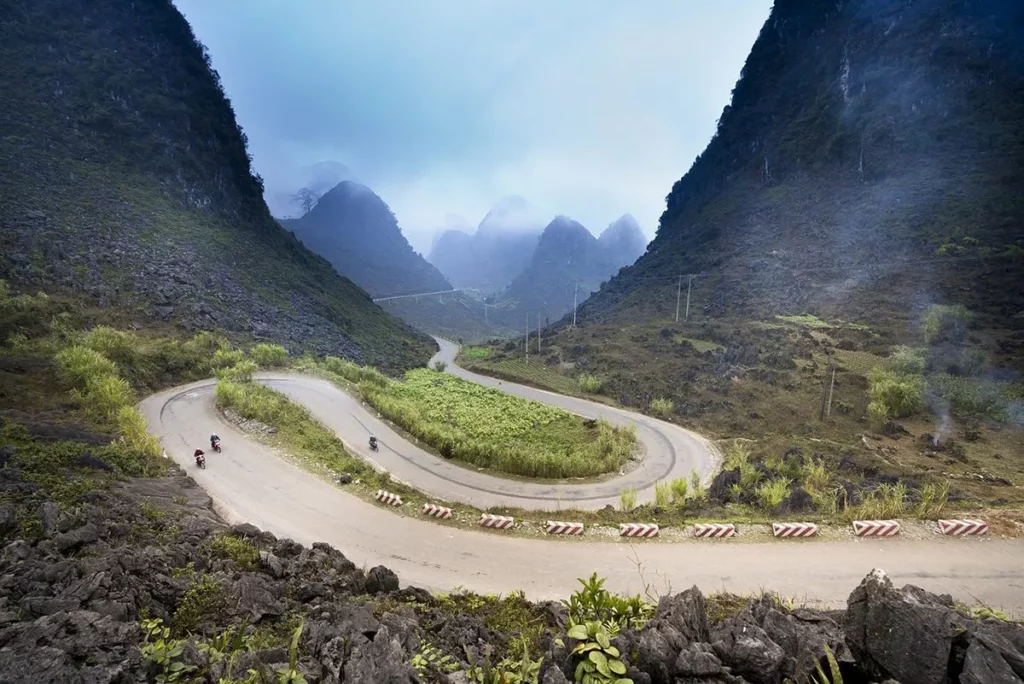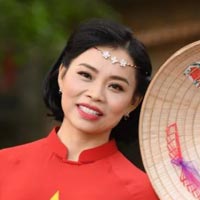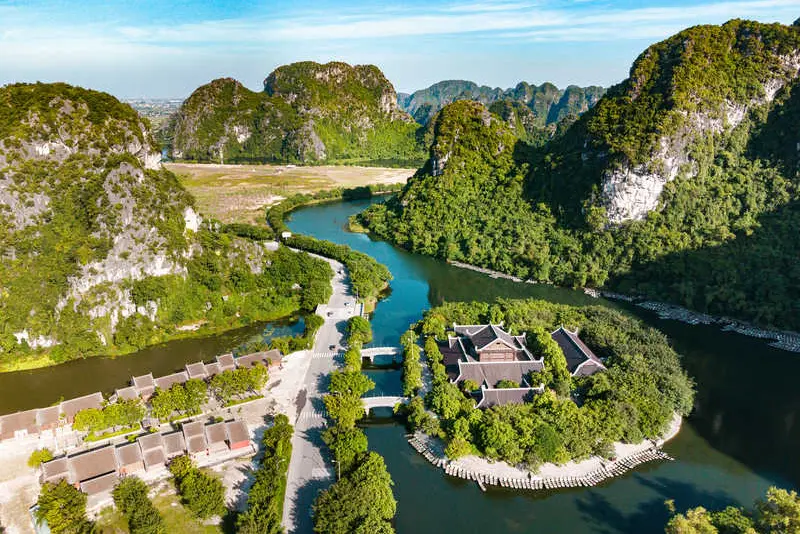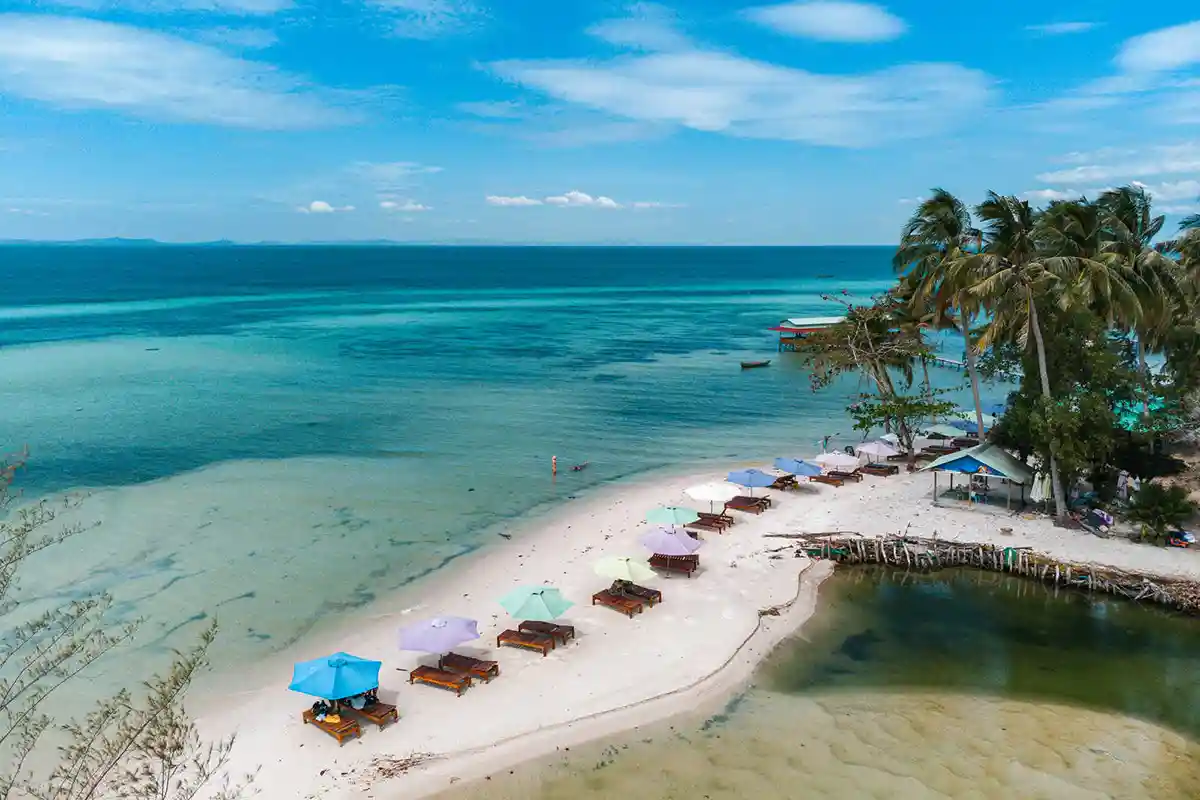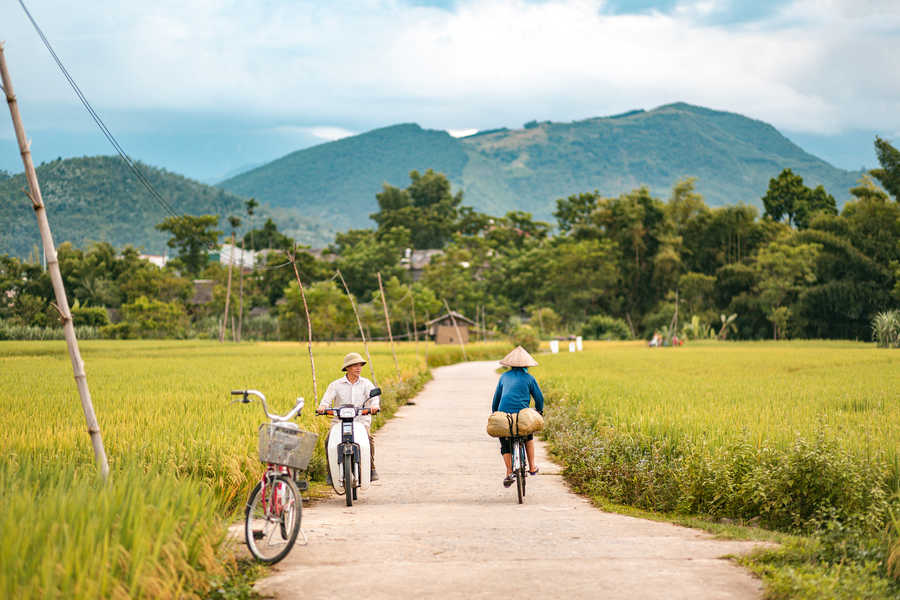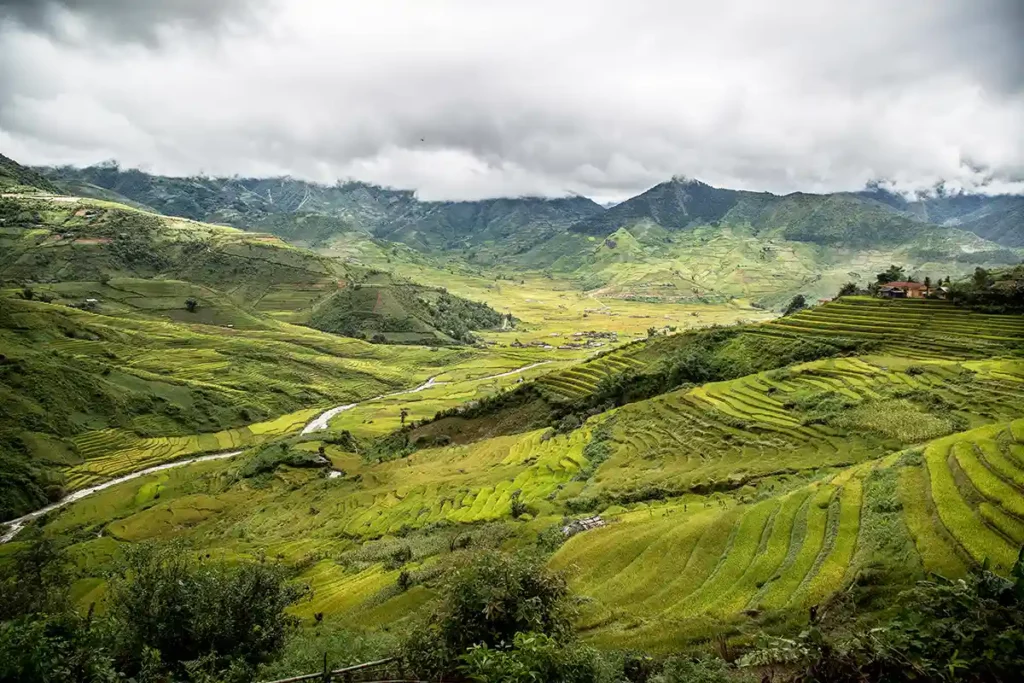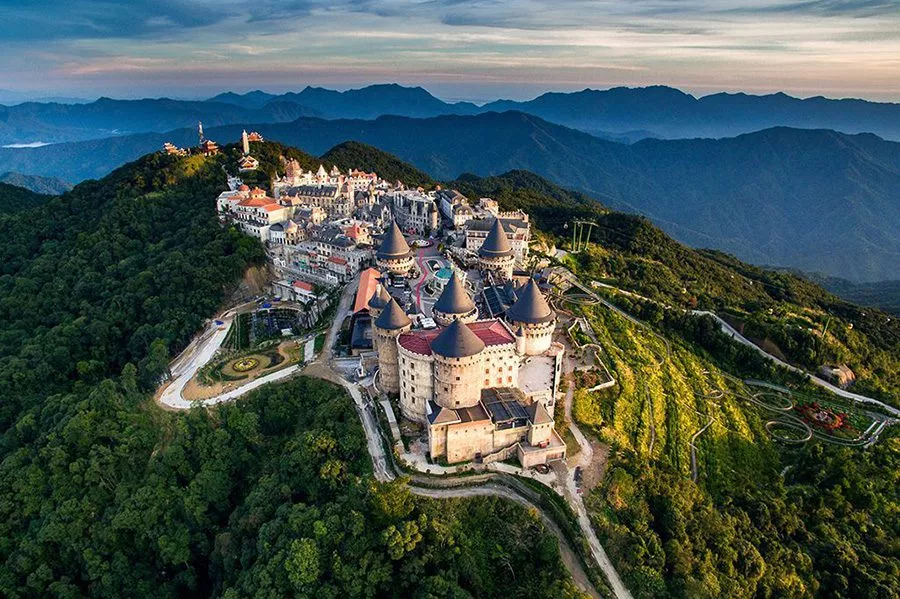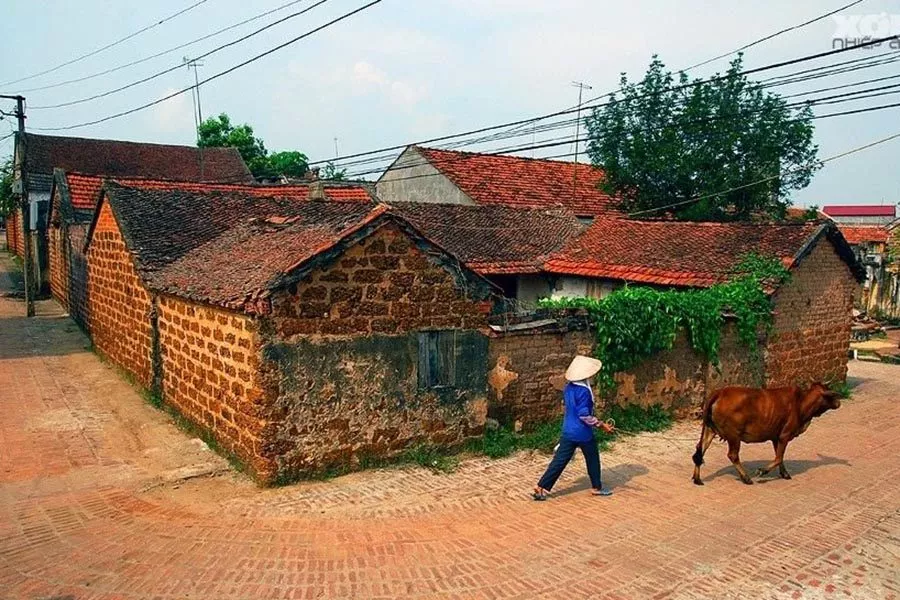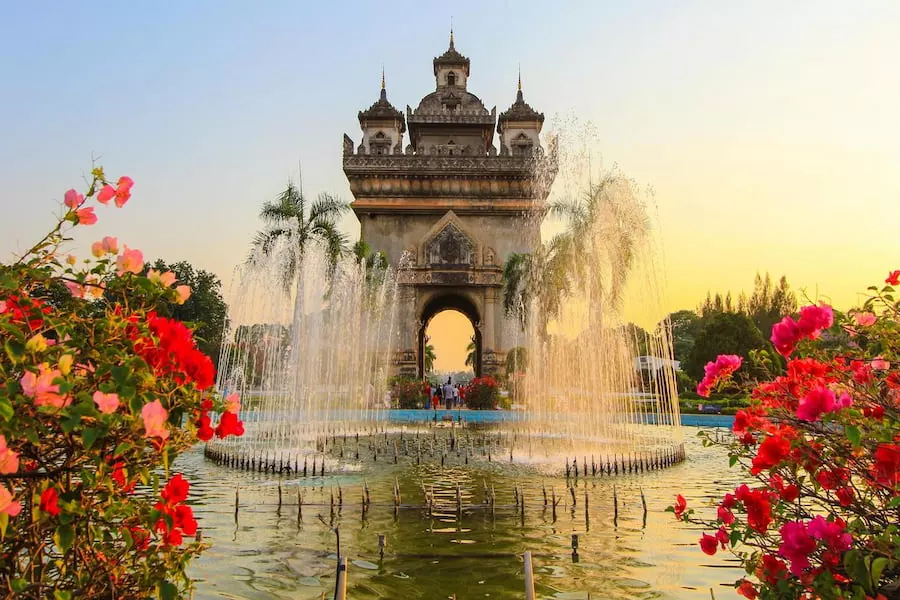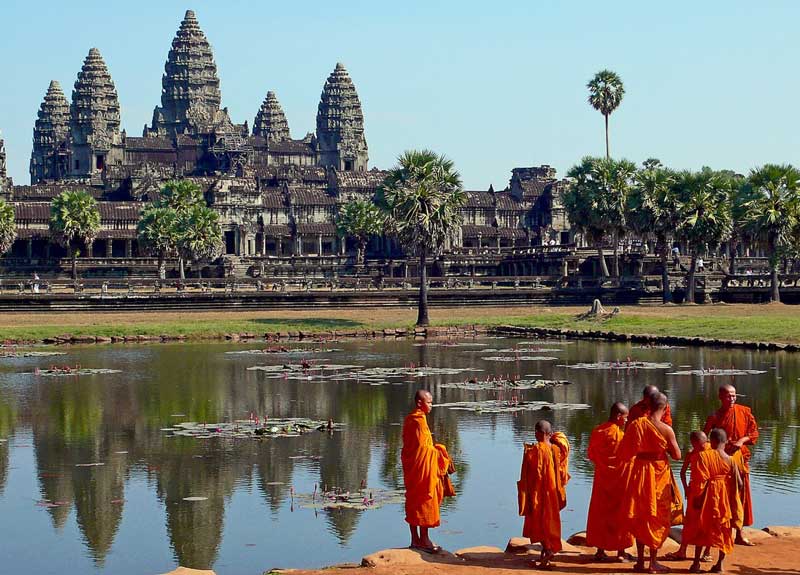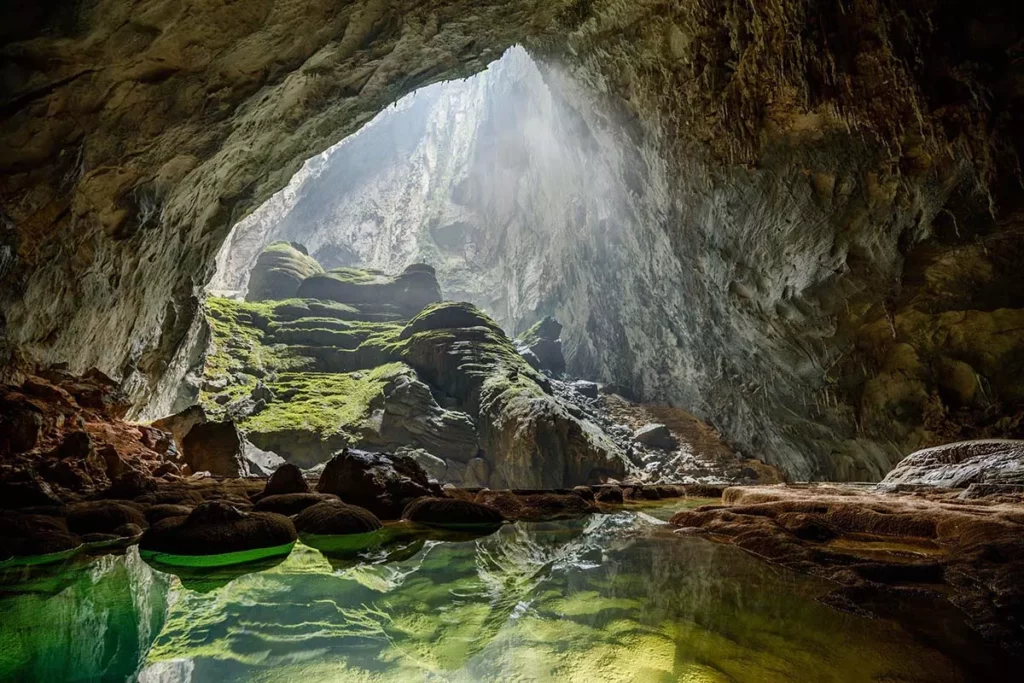Set off to discover Quang Phu Cau, the incense village located near Hanoi, and learn about the symbolic meaning of incense in Vietnam’s traditional and religious rituals, as well as the different stages of making this important object.
Do not hesitate to contact us to include the village in your customized itinerary in Vietnam.
Ancient beliefs and religions in Vietnam
The Vietnamese, like other peoples of Vietnam and many countries in Asia (and even in Africa), share the same belief in an invisible world inhabited by spirits and deities that must be worshiped or feared. People thus turn to their spirits and deities to protect themselves and their homes.
The cult of ancestors in Vietnam is rooted in these animist beliefs but holds a special place, as it forms the basis of family cohesion and even the country’s social hierarchy. Respect for elders is the most important value—one that must be maintained even after the death of one’s parents. The family hierarchy therefore extends beyond death: deceased parents are venerated, but a deceased child is not. Practicing this worship allows one to maintain a link with ancestors and to express gratitude to the land that nurtured the family line.
Over the centuries, other religions—Confucianism, Taoism, Buddhism, Christianity, and Caodaism—have been added to these ancestral beliefs, creating a true religious syncretism in which the Vietnamese live today.
Whether on an ancestral altar or in temples and pagodas, incense plays a central role in rituals and prayers.
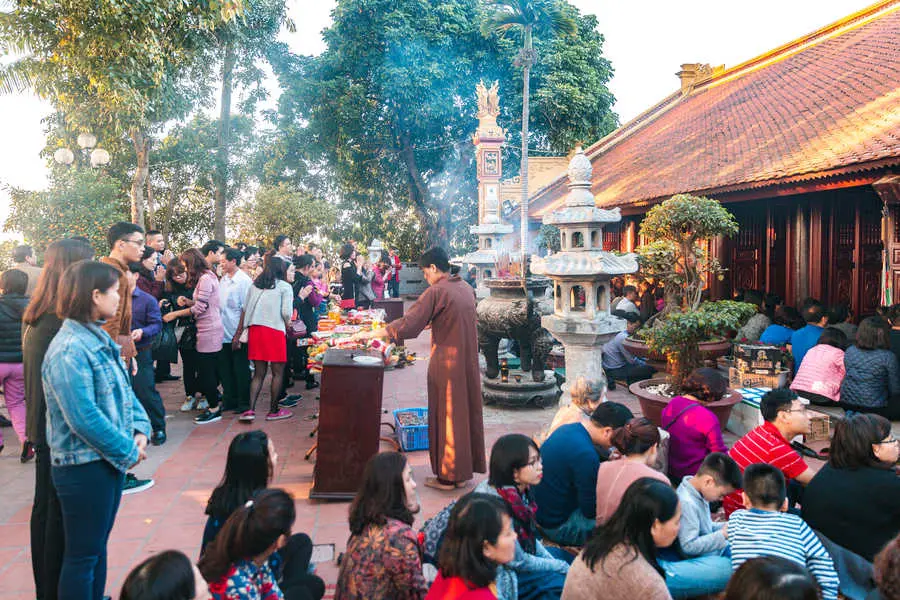
Ceremony at Tran Quoc Pagoda in Hanoi. Photo credit: Mathieu Arnaudet
The Role of incense in ancestral and religious rites
As a family practice, ancestor worship is performed at home. In the main room or on the upper floor, an altar is set up on a lacquered table or cabinet. It usually displays photos of the deceased, fruit baskets as offerings, and sometimes even statues of Buddha or Jesus Christ, reflecting the coexistence of different beliefs in Vietnam.
In this sacred setting, incense sticks hold a place of honor. The smoke released by burning incense serves as the link between the living and the dead. The ritual begins when the incense sticks are lit, marking the start of communication with the ancestors. This is followed by prayer: incense sticks are held between both hands, and three bows are performed before they are gently placed on the ancestral altar.
In Buddhist tradition, incense has several meanings. The offering of incense (sang), as in ancestor rites, has a propitiatory function—it serves to establish a harmonious connection with spiritual beings. Through incense, practitioners can reach realms beyond their physical senses. Incense also has a purifying function: one’s thoughts and emotions are cleansed through the vehicle of incense smoke. Only in this state of purification can one truly encounter the world beyond the senses.
During Buddhist prayer, practitioners hold three incense sticks between their hands, symbolizing the Buddha, the Dharma (the teachings and practices leading to enlightenment), and the Sangha (the spiritual community).
Quang Phu Cau, the incense village near Hanoi
As you can see, incense occupies an important place in the daily life of the Vietnamese. It is therefore fascinating to discover how it is made during your tailor-made tour in Vietnam.
To do so, we suggest visiting the colorful village of Quang Phu Cau, located about 35 km south of Hanoi. More than just a village, it is actually a whole district named Ung Hoa, famous for its incense production.
The roadsides running through the villages of Quang Phu Cau, Cau Bau, Phu Luong, and Dao Tu are lined with the vivid colors of freshly painted incense sticks drying in the sun.
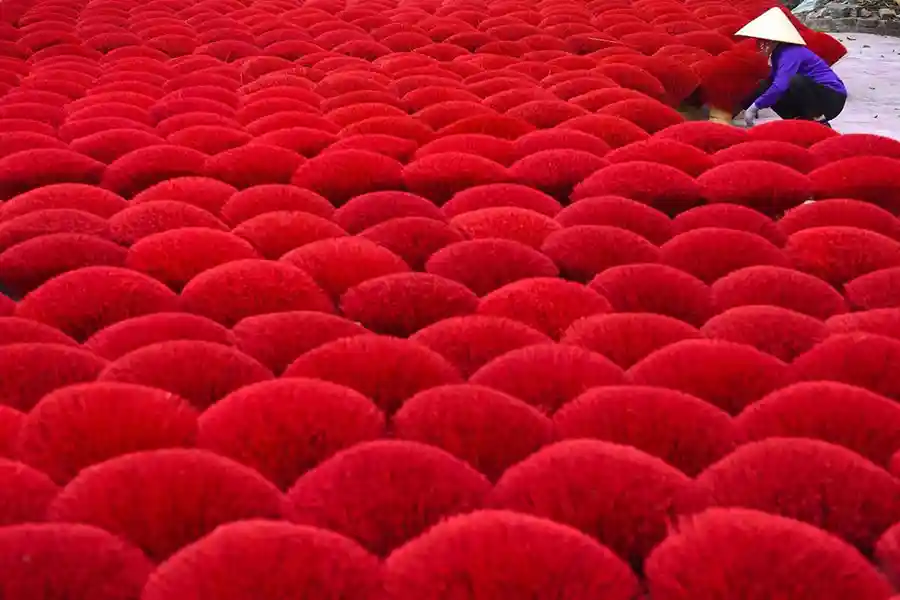
Visiting these villages is a visual delight and will undoubtedly please photography enthusiasts. Accompanied by your guide, you can chat with local artisans who have been practicing this craft for generations. They will explain in detail the steps of the manufacturing process and how their work has evolved over time.
Discover the steps of incense production
In each of these villages, families specialize in a particular stage of incense production. This allows a large part of the population to make a living from their craft and avoid migrating to the capital. The demand for incense remains high, enabling the villagers to continue living from their traditional work.
Let’s take a quick look at the main stages of production:
Cutting and shaping the bamboo: The bamboo is cut and rounded into thin sticks.
Painting: One third of the stick is coated with red paint.
Applying incense powder: The remaining two-thirds are covered with incense powder, made from fragrant plant materials that are ground into powder and mixed in specific proportions—this is what gives each incense its unique scent.
Recently, this powder is applied automatically by machines, whereas until recently, everything was done by hand—stick by stick!
Once the incense sticks are ready, they are dried in the sun before being packaged and sold.
We hope we’ve inspired you to visit these craft villages specializing in the art of incense making.
Further reading:
« Le culte des ancêtres dans la famille vietnamienne« , Florence Nguyen Rouault, Revue Hommes and Migrations, pp 26-33, 2001
« Les rites bouddhiques et leurs significations« , site web BuddhaLine, March 2001

